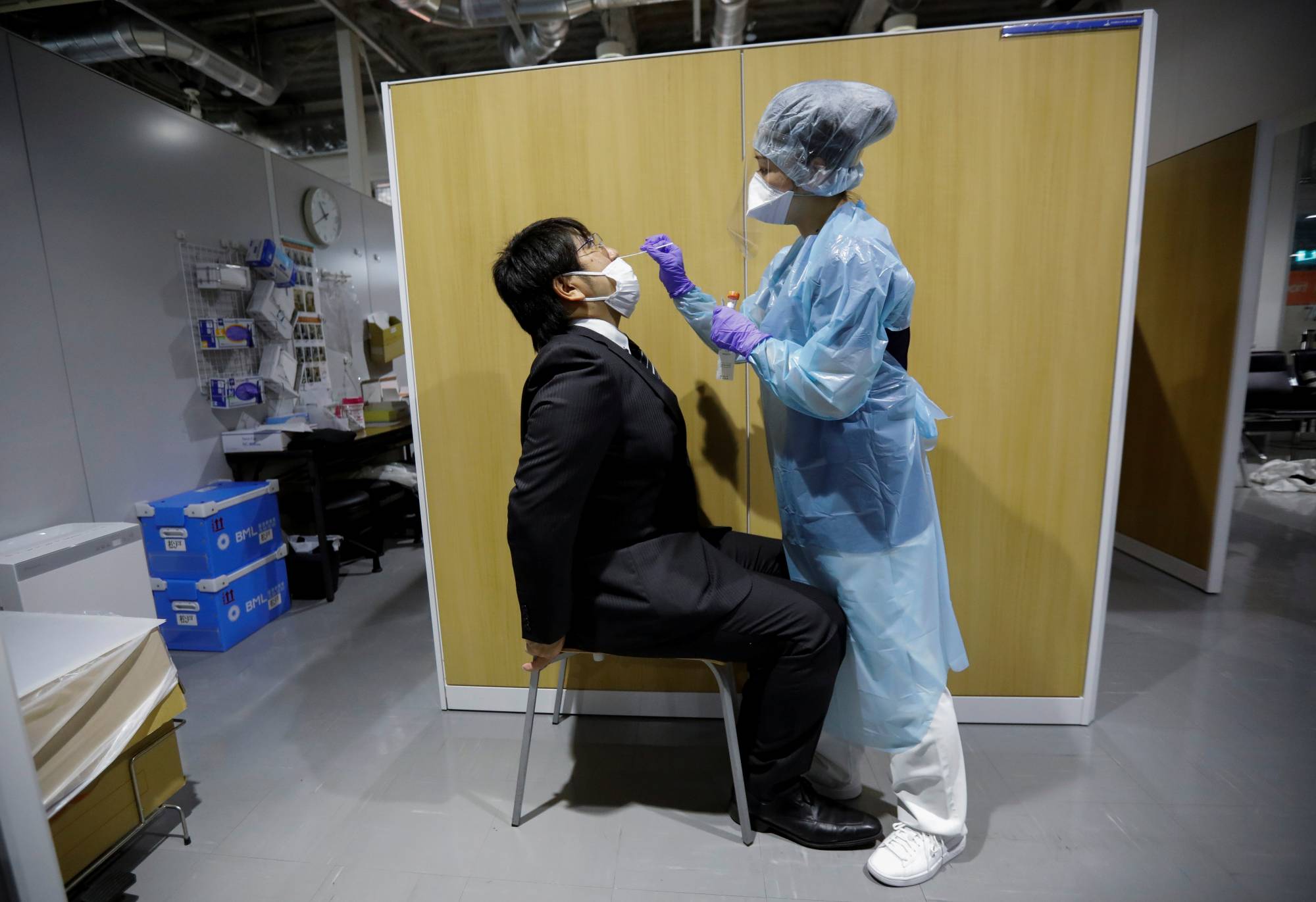Several weeks ago, Hiroto (a pseudonym) received a phone call from a friend. The friend, who had met Hiroto for dinner a few days prior, plainly stated on the phone call that he had tested positive for COVID-19 recently and urged everyone he had met within a week to also get tested. Alarmed, Hiroto immediately began phoning clinics near his house to see if he could schedule a COVID-19 test as soon as possible.
Hiroto’s situation is becoming more common, as Japan’s COVID-19 data shows the number of new infections in the country jumping by more than 1,000 every day for the past several weeks. However, with slightly less than 400,000 cumulative cases and less than 6,000 deaths, Japan’s situation seems much better than those of Western countries. Cultural advantages, including the widespread use of masks and adherence to social distancing guidelines, may have suppressed COVID-19 infections and allowed daily lives to continue without the need for strict lockdowns.
Yet, Japan’s relatively rosy figures on COVID-19 are a reflection of several issues that illustrate the lack of transparency in government and public health authorities. In turn, those gaps mask the true scale of the pandemic in the country.


















With your current subscription plan you can comment on stories. However, before writing your first comment, please create a display name in the Profile section of your subscriber account page.